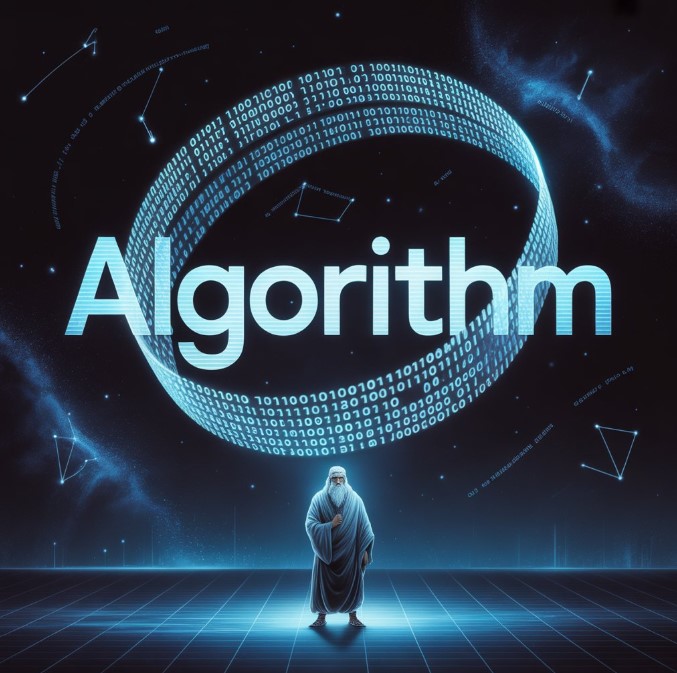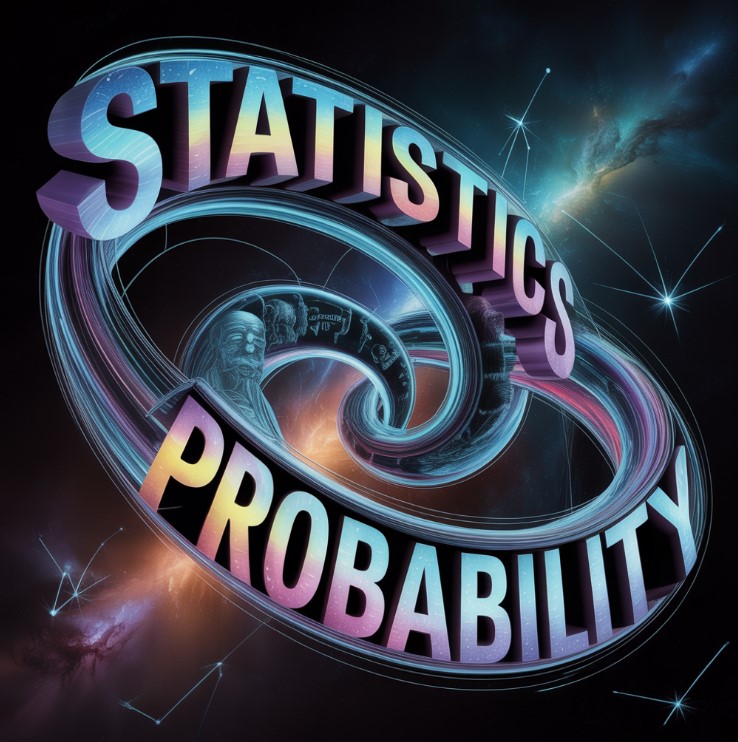Contents
An algorithm is a finite, systematic set of ordered instructions designed to solve a specific problem or perform a computation, with examples of algorithms in daily life ranging from simple sorting algorithms to complex social media recommendation algorithms. This foundational concept in computer science and mathematics is not limited to technology; it is a fundamental method of problem-solving that appears in many contexts. The core idea is to provide a clear, step-by-step process that guarantees a correct or optimal outcome when followed precisely.
What is an Algorithm?
At its heart, what is an algorithm is a question about process. An algorithm is a detailed recipe that outlines the exact sequence of operations required to get from a starting point (input) to an end point (output). To be considered a true algorithm, the procedure must be unambiguous and capable of being executed by a computer or a person.
Think of a simple recipe for baking a cake. It provides a list of ingredients (input), a set of step-by-step instructions (the process), and results in a finished cake (output). If the instructions are followed correctly, the outcome is predictable. Computer science algorithms work in the same way, but they process data instead of flour and eggs. They provide the logic that tells a computer exactly what to do to accomplish a task.
The Origin of the Word Algorithm
The origin of the word algorithm traces back to the 9th-century Persian mathematician, Muhammad ibn Musa al-Khwarizmi. His name was Latinized as “Algoritmi,” and his work introduced Hindu-Arabic numerals and systematic methods for solving linear and quadratic equations to the Western world. The term originally referred to the rules of performing arithmetic using these numerals, but it has since evolved to encompass any specific procedure for solving a problem. This historical context highlights that the concept of a systematic process is ancient, even though its application in modern technology is new.
Characteristics of an Algorithm
For a set of instructions to be correctly identified as an algorithm, it must possess several key properties. These characteristics of an algorithm ensure that it is reliable, clear, and effective.
- Input: An algorithm has zero or more well-defined inputs. These are the values or data on which the algorithm will operate.
- Output: An algorithm must produce at least one well-defined output. This is the result of the computation or the solution to the problem.
- Finiteness: An algorithm must terminate after a finite number of steps. It cannot go on indefinitely.
- Definiteness: Every step of an algorithm must be precisely and unambiguously defined. There should be no room for interpretation.
- Effectiveness: Each instruction must be basic enough that it can be carried out, in principle, by a person using only a pencil and paper. The operations must be feasible.
Types of Algorithms in Computer Science
There are numerous types of algorithms, each designed to solve specific categories of problems. While the field of computer science algorithms is vast, many can be understood through two fundamental categories: sorting algorithms and search algorithms.
Sorting Algorithms
Sorting algorithms are used to rearrange a given set of items into a specific order, such as numerical or alphabetical (lexicographical) order. The efficiency of sorting is critical in many applications, from organizing a database to displaying products on an e-commerce site. Different sorting algorithms have different performance characteristics.
| Algorithm Name | Basic Principle | Complexity (Average Case) |
|---|---|---|
| Bubble Sort | Repeatedly steps through the list, compares adjacent elements, and swaps them if they are in the wrong order. | O(n²) |
| Insertion Sort | Builds the final sorted array one item at a time. It is much less efficient on large lists than more advanced algorithms. | O(n²) |
| Merge Sort | A divide-and-conquer algorithm. It divides the unsorted list into n sublists, then repeatedly merges sublists to produce new sorted sublists until there is only one sublist remaining. | O(n log n) |
Search Algorithms
Search algorithms are designed to find a specific item or piece of data within a data structure. The goal is to retrieve information efficiently. The choice of a search algorithm often depends on how the data is organized.
- Linear Search: This is the most straightforward search algorithm. It sequentially checks each element of a list until a match is found or the whole list has been searched.
- Binary Search: This highly efficient algorithm is used on sorted lists. It repeatedly divides the search interval in half. If the value of the search key is less than the item in the middle of the interval, it narrows the interval to the lower half. Otherwise, it narrows it to the upper half. This process continues until the value is found or the interval is empty.
Examples of Algorithms in Daily Life
Many people wonder about the algorithms used in everyday life. The reality is that we interact with complex algorithms constantly. These processes operate behind the scenes to make modern life more convenient and connected. Here are a few key examples of algorithms in daily life.
Social Media Recommendation Algorithms
Platforms like Instagram, TikTok, and YouTube use powerful social media recommendation algorithms. These algorithms analyze your past behavior—such as videos you’ve watched, posts you’ve liked, and accounts you follow—to predict what content you are most likely to enjoy. The goal of this algorithm is to create a personalized and engaging feed to keep you on the platform longer.
How Google’s Search Algorithms Work
When you type a query into Google, you are using one of the most sophisticated search algorithms ever created. Understanding how Google’s search algorithms work involves recognizing that they analyze hundreds of factors to deliver the best results. The algorithm considers the keywords in your query, the relevance and authority of web pages, your location, and many other signals to rank billions of pages and show you the most relevant ones in a fraction of a second.
The Algorithm That Regulates Traffic Lights
Modern traffic management systems rely on the algorithm that regulates traffic lights. Simple timers are being replaced by adaptive systems that use sensors to detect vehicle flow in real time. This algorithm processes data about traffic volume and can adjust the timing of red and green lights to optimize traffic flow, reduce congestion, and minimize wait times for drivers.
The Importance of Algorithms in Technology
The importance of algorithms in technology cannot be overstated. Algorithms are the building blocks of the digital world. They are responsible for everything from data security (encryption algorithms) to financial trading and GPS navigation. Without efficient algorithms, processing the massive amounts of data generated today would be impossible. They enable automation, optimize systems for speed and efficiency, and provide the intelligence needed to power complex software applications.
How Algorithms are Used in Artificial Intelligence
A common question is how algorithms are used in artificial intelligence (AI). AI and machine learning are fundamentally driven by advanced algorithms. Unlike standard algorithms that follow explicit instructions, machine learning algorithms are designed to learn patterns from data. For example, an algorithm can be trained on a massive dataset of images to learn how to identify objects. These learning algorithms allow AI systems to make predictions, classify information, and make decisions without being explicitly programmed for every possible scenario.
Frequently Asked Questions (FAQ)
What is a systematic set of ordered instructions?
A systematic set of ordered instructions is the very definition of an algorithm. It means the steps are logical, structured, and executed in a specific sequence to achieve a consistent result.
Are algorithms only used in computers?
No. While they are fundamental to computing, algorithms are simply step-by-step procedures. A recipe for baking, the instructions for assembling furniture, or the process of doing long division are all examples of algorithms that do not require a computer.
Why are there different types of algorithms for the same problem?
Different algorithms are developed to solve the same problem with varying levels of efficiency. One algorithm might be faster but use more memory, while another might be slower but more reliable on certain types of data. The choice of which algorithm to use depends on the specific constraints and goals of the task, such as speed, resource usage, or implementation simplicity.





